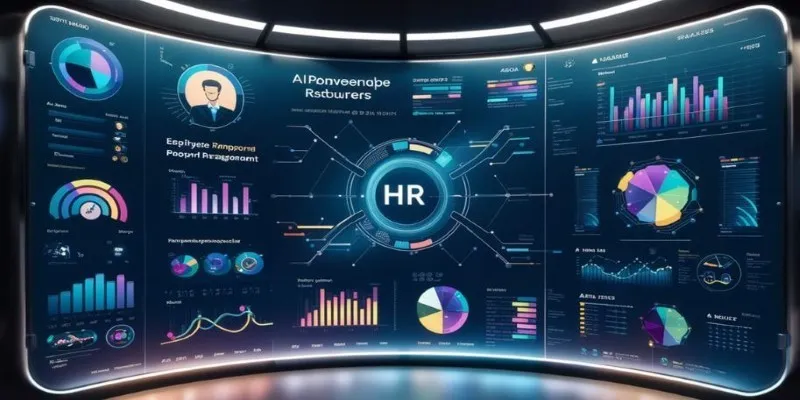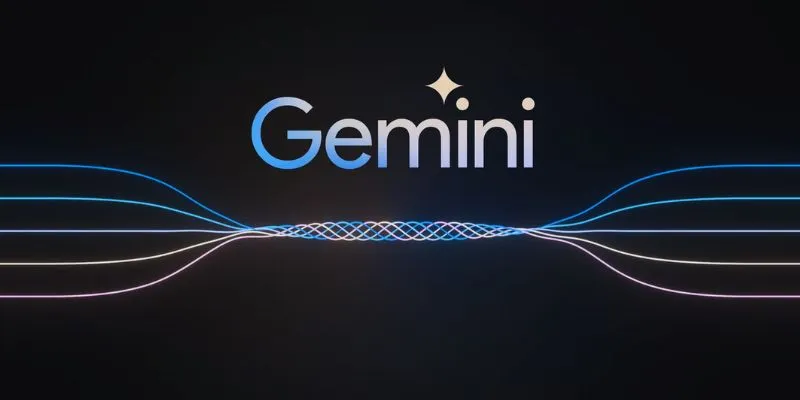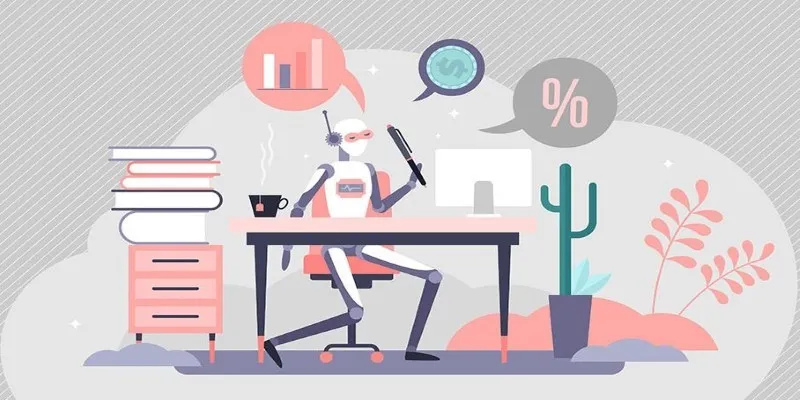Smart contracts are one of the most talked-about applications of blockchain technology. However, the term often sounds more complicated than it is. At their core, smart contracts are self-executing agreements written as code, designed to run automatically when certain conditions are met. This concept eliminates the need for a middleman and aims to make transactions more reliable, faster, and transparent. Although the idea first appeared in the 1990s, blockchain has made it possible to use smart contracts at scale. Understanding how smart contracts work, what they’re used for, and their limitations can help clear much of the confusion surrounding them.
How Do Smart Contracts Work?
Smart contracts aren’t just clever bits of code—they’re a completely different way of making and keeping agreements. Instead of signing papers and trusting someone to honor them, the rules are written as code on a blockchain and carried out automatically. When the conditions you agreed on are met, the contract runs itself without delay or interference. For instance, if you agree to pay someone upon project completion, a smart contract can verify the result and release the funds instantly, without needing a manager, lawyer, or middleman to oversee the deal.

This system works because blockchains are built to be tamper-proof and shared. Every record is permanent, visible to everyone on the network, and cannot be changed later. Once you create a smart contract and upload it to the blockchain, neither side can alter it behind the other’s back, making it hard to cheat or dispute.
Most smart contracts today run on Ethereum, though newer blockchains like Solana and Cardano are catching up. They’re usually written in special coding languages like Solidity. Every node on the blockchain checks and validates the contract, ensuring everyone sees and trusts the same result.
Use Cases and Benefits
Smart contracts extend far beyond simple payment agreements. They are already being applied in industries such as finance, supply chains, real estate, insurance, and even digital art.
- Finance: Smart contracts underpin decentralized finance (DeFi) applications, enabling peer-to-peer lending, borrowing, and trading without banks.
- Supply Chains: They can automatically track goods and release payments when deliveries are verified, reducing fraud and improving efficiency.
- Real Estate: Smart contracts help manage property transfers without lengthy paperwork or brokers.
- Art and NFTs: Artists use them to sell digital art as NFTs, ensuring they receive royalties each time their work is resold.
One of the biggest benefits of smart contracts is their transparency. Since the contract’s rules are public and stored on the blockchain, anyone can verify what it does. This feature reduces disputes and builds trust without needing a third-party arbitrator. They also save time by automating processes that would otherwise involve delays. Because smart contracts are self-executing, they also cut costs by removing intermediaries such as lawyers, brokers, and banks.
Challenges and Limitations
Despite their promise, smart contracts are not without flaws. They have limitations that can affect their practical use.
- Coding Errors: Since smart contracts are written in code and cannot be changed once deployed, a bug or flaw can lead to unintended consequences. In some cases, hackers have exploited vulnerabilities to drain millions from projects with poorly written contracts.

-
Dependence on Blockchain Data: Smart contracts can only act on data that exists within the blockchain itself. To access external information—like weather data or market prices—they rely on services called oracles. Oracles act as bridges between blockchains and the outside world but can introduce risks, as they may become points of failure or manipulation.
-
Legal and Regulatory Challenges: Most jurisdictions don’t yet have clear laws on how smart contracts fit into existing legal systems. Questions remain about their enforceability in court and who is responsible if something goes wrong.
-
Scalability: Since each smart contract is verified by every node on the blockchain, it can become slow and expensive to run during high network activity. Developers are working on solutions to improve scalability and reduce fees, but it remains a current issue.
The Future of Smart Contracts
Despite their current challenges, smart contracts are expected to play a significant role in how people and organizations conduct transactions in the coming years. As blockchain technology matures and programming tools improve, smart contracts are likely to become safer, more user-friendly, and more widely adopted. Developers are already building advanced applications that combine smart contracts with artificial intelligence and Internet of Things devices to create more responsive systems.
Legal frameworks are also beginning to catch up. Some governments are exploring ways to recognize smart contracts legally, which could make them a standard way to formalize agreements. At the same time, the rise of layer-2 solutions and alternative blockchains promises to make running smart contracts faster and more affordable.
Smart contracts are not meant to replace all traditional contracts, but they offer a digital option for agreements where speed, transparency, and automation are priorities. As more people become familiar with how they work, the technology will likely spread into areas that today seem surprising.
Conclusion
Smart contracts turn the idea of an agreement into something more immediate and automatic, removing the need for middlemen and reducing delays. They work by running code on a blockchain, which makes them secure and transparent. However, they also come with risks, especially regarding coding errors, legal recognition, and scalability. Still, the technology is evolving quickly, and many industries are already finding creative ways to use it. As tools improve and laws adapt, smart contracts have the potential to change how agreements are made and enforced in the digital age. Understanding their basics now gives you a clearer view of what they can and cannot do.
 zfn9
zfn9















